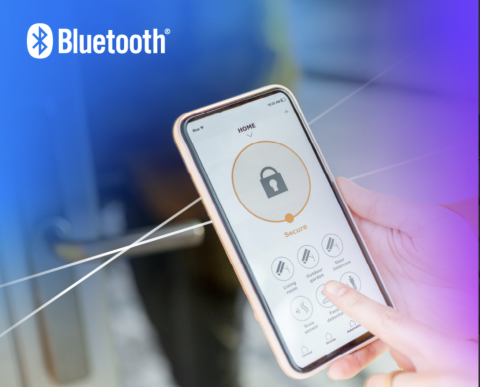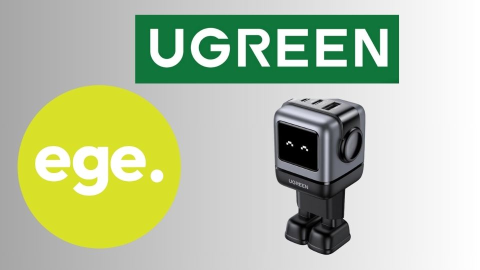

A new Ericsson-designed, cone-shaped mobile antenna has been deployed by Vodafone to provide more stable 5G coverage inside tunnels.
The technology is being used for the first time in the 1,400-meter-long Arlinger Tunnel near Pforzheim. Five of these antennas have been installed to deliver strong mobile signal coverage throughout the tunnel.
The specialised antennas are engineered specifically for tunnel environments. They minimise the impact of vibrations, supporting stable 5G connectivity in conditions where regular antennas might struggle.
Marc Hoelzer, Head of Network Development at Vodafone, explained:
“Closing coverage gaps in tunnels is particularly challenging due to structural constraints. As cars and trains pass through, they push large volumes of air, causing vibrations that can affect antenna performance. This makes it essential for antennas to be highly wind-resistant and securely mounted.”

“The cone-shaped design of the antennas in the Arlinger Tunnel improves their wind resistance and durability. They support all frequency ranges and enable high data throughput on Vodafone’s 5G network. As a result, drivers and passengers will experience fewer dropped calls and more stable data speeds,” Hoelzer added.
In shorter tunnels, antennas at the entrances and exits are often sufficient to provide mobile coverage. In longer or deeper tunnels, repeaters relay the mobile signal to tunnel-mounted antennas, which then pass the signal back to the main cell tower.
This setup requires cabling and mounting equipment, often necessitating temporary tunnel closures for maintenance.
Germany has over 270 road tunnels totalling around 270 kilometers. Additionally, there are 420 tunnels on regional, district, and city roads, adding more than 350 kilometers to the national tunnel infrastructure.









